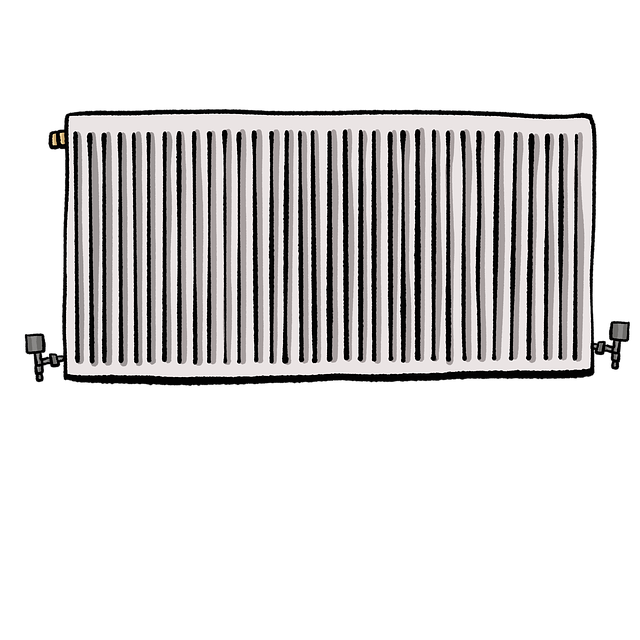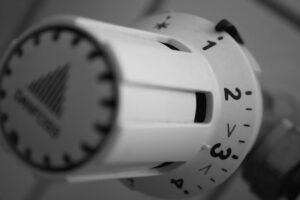Electric tankless water heaters are modern, compact alternatives to traditional storage tanks, providing instant hot water on demand. They eliminate bulky infrastructure, reduce energy bills, and require minimal maintenance. Installation is a manageable DIY project, involving careful planning, mounting the heater, connecting water lines, and wiring according to manufacturer guidelines. These heaters operate efficiently, enhancing comfort and saving costs with continuous hot water without storage tanks. Their long lifespan and reduced upkeep make them an environmentally friendly choice for reliable hot water supply.
Looking for a way to revolutionize your home’s hot water supply without the bulk of a storage tank? Consider a whole-house electric tankless water heater. This modern alternative eliminates the need for traditional tanks, offering numerous benefits such as on-demand hot water, energy efficiency, and space savings. In this comprehensive guide, we’ll explore how these heaters work, their advantages, installation tips, and maintenance requirements to help you make an informed decision.
- Understanding Electric Tankless Water Heaters: How They Work
- Benefits of a Whole-House System: Say Goodbye to Storage Tanks
- Installation and Setup: A Step-by-Step Guide
- Longevity and Maintenance: Ensuring Optimal Performance
Understanding Electric Tankless Water Heaters: How They Work

Electric tankless water heaters are revolutionary in their design and functionality, offering a modern approach to hot water supply. Unlike traditional storage tank heaters, these innovative systems provide instant hot water on demand, eliminating the need for bulky storage tanks. When you turn on the faucet or showerhead, cold water enters the heater, passing through a heating element, which generates on-demand heating. This process ensures only the necessary amount of water is heated, instantly providing you with hot water without any delays.
The key advantage lies in their space-saving design and energy efficiency. Traditional heaters require significant space for storage tanks, but tankless models are compact and can be installed directly onto walls or in small utility spaces. Furthermore, these systems only heat water as needed, reducing energy wastage and resulting in lower energy bills compared to traditional tank heaters. With point-of-use heaters like these, you get continuous hot water without the hassle of constantly refilling a storage tank.
Benefits of a Whole-House System: Say Goodbye to Storage Tanks

Say goodbye to bulky storage tanks and embrace a more streamlined, space-saving approach with a whole-house electric tankless water heater system. This innovative technology offers numerous benefits, particularly for homeowners looking to simplify their lives and reduce energy consumption.
One of the most notable advantages is the elimination of the need for a traditional storage tank. Tankless heaters provide instant hot water on demand, ensuring a continuous supply without the bulk and maintenance associated with stored water. This not only saves valuable space but also contributes to energy efficiency, as there’s no energy wasted in keeping large volumes of water heated. With an electric tankless system, you gain control over your water heating, allowing for customized temperature settings at every faucet or appliance, enhancing comfort and potentially reducing utility bills.
Installation and Setup: A Step-by-Step Guide

The installation of a whole-house electric tankless water heater is a straightforward process that can be completed with careful planning and the right tools. First, assess your home’s plumbing layout to identify the optimal location for the heater. This system is typically installed near the main water supply line entering your house, ensuring easy access and efficient distribution of hot water throughout the entire house.
Once the location is determined, turn off the incoming cold water supply to begin the installation process. The electric tankless water heater should be securely mounted, usually on a wall or in a utility closet. Connect the heater’s hot and cold water lines to your existing plumbing system, ensuring all connections are tight and secure. The next step involves wiring the heater; this requires proper electrical connections to power the unit and its control panel. Follow manufacturer guidelines for specific wiring instructions, then test the electrical connections to guarantee safety and functionality. With these initial steps complete, you’re ready to enjoy the benefits of on-demand heating with continuous hot water throughout your home.
Longevity and Maintenance: Ensuring Optimal Performance

An electric tankless water heater offers significant advantages in terms of longevity and maintenance compared to traditional storage tank models. With no large, stationary tank to maintain and service, homeowners can expect reduced upkeep and a longer lifespan for their water heating system. These heaters operate on demand, heating water only when needed, which minimizes mineral buildup and corrosion often associated with storage tanks. Regular flushing and filter changes, simple tasks that require minimal time and effort, are typically the extent of maintenance required to ensure optimal performance.
This on-demand nature also translates to energy efficiency. Unlike storage heaters that keep a constant supply of water hot, tankless technologies provide instant hot water, responding immediately to your needs. This can result in substantial savings on energy bills, especially in larger homes equipped with whole-house systems or point-of-use heaters. By eliminating the need for a large storage tank and utilizing advanced heating elements, electric tankless water heaters offer a space-saving, continuous hot water solution that is both reliable and environmentally friendly.
Upgrading to a whole-house electric tankless water heater offers numerous benefits, from eliminating the need for bulky storage tanks to providing on-demand hot water. By adopting this innovative technology, homeowners can enjoy energy efficiency, consistent hot water supply, and reduced maintenance. With proper installation and regular upkeep, these heaters ensure longevity, making them a smart investment for modern homes. Embrace the future of hot water heating with this game-changing solution!






